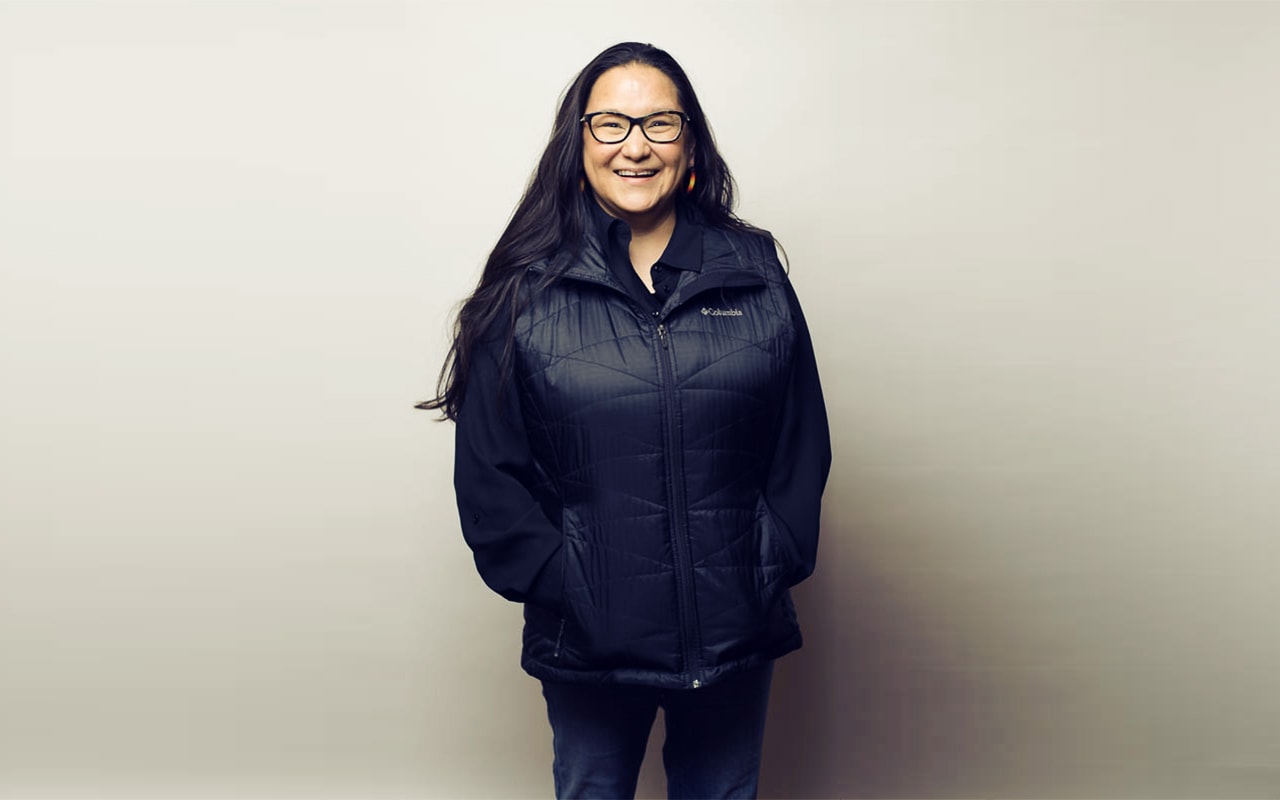In November 2017, the Internet Society hosted the inaugural Indigenous Connectivity Summit in Santa Fe, New Mexico. The event brought together community network operators, Internet service providers, community members, researchers, policy makers, and Indigenous leadership to work together to bridge the connectivity gap in indigenous communities in North America. One of the participants shared her story.
Christel White, geographic information system (GIS) specialist for the Pueblo of Cochiti, is no stranger to intertribal dynamics. White is an enrolled member of the Onondaga people and grew up on the Seneca Nation reservation in New York State. In her current role, she ponders how the specific culture and needs of the people of Cochiti impacts the role of connectivity. “I want to bring in GIS online, but we don’t want cultural sites out in circulation,” explains White. “Do we want new land on there?”
The lack of Internet speed in tribal offices means White currently works from home, but says that it impacts her ability to interact with the public. If someone comes into the office with a question, White is not always physically there, but she can’t otherwise complete her work without a better connection. “Indigenous communities are often stuck on that fence between technology and tradition,” White observes. “How do we build that bridge?”
Register for the Indigenous Connectivity Summit 2018, which takes place this October in Edmonton and Inuvik, Canada. You can also find ever-growing resources on topics including community networks, cultural preservation, and Indigenous-driven access at the Indigenous Connectivity page.
Photo ©Minesh Bacrania
